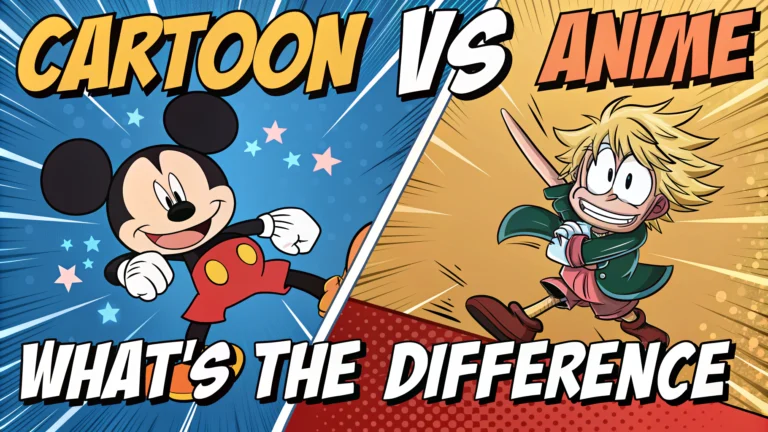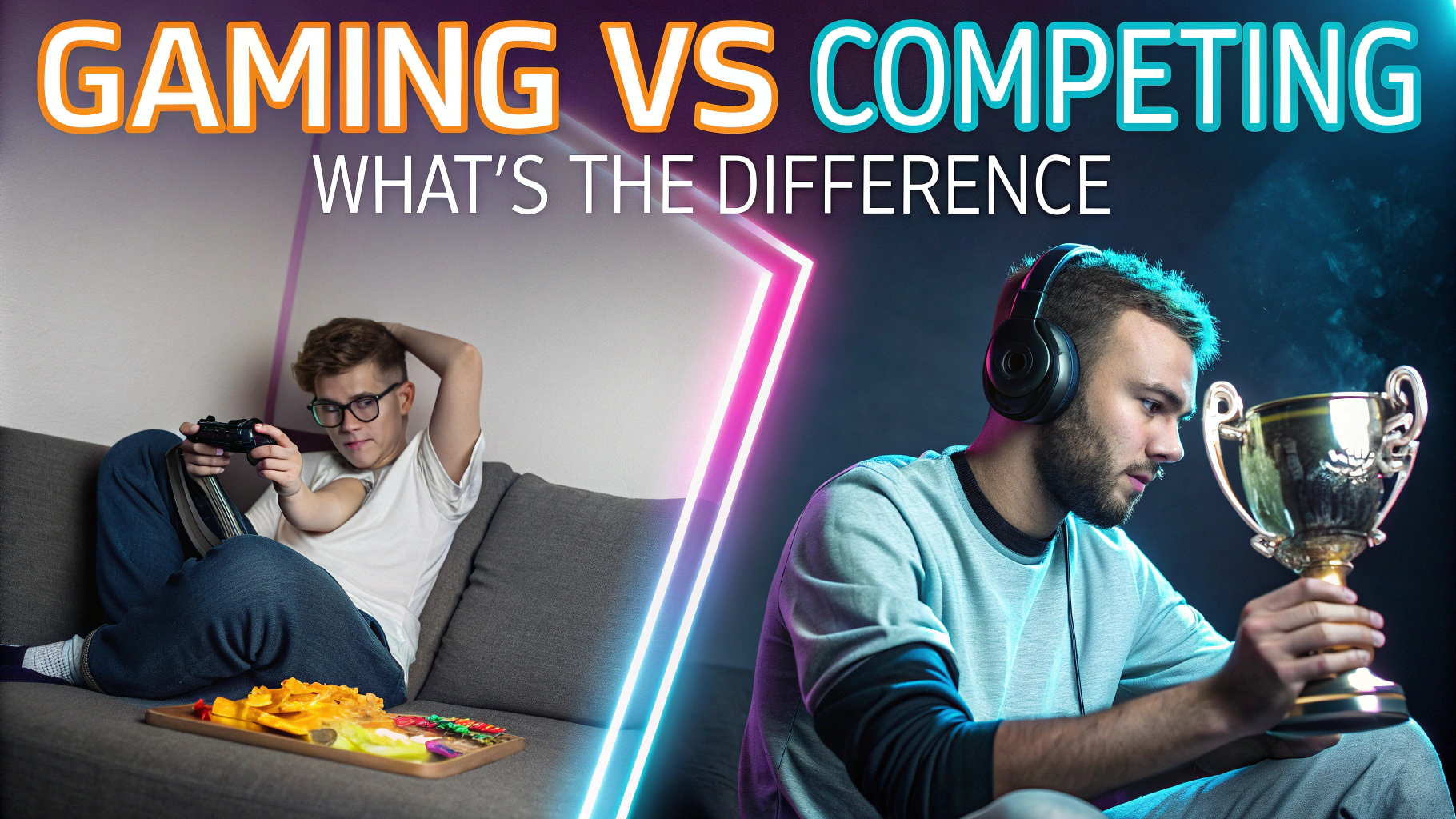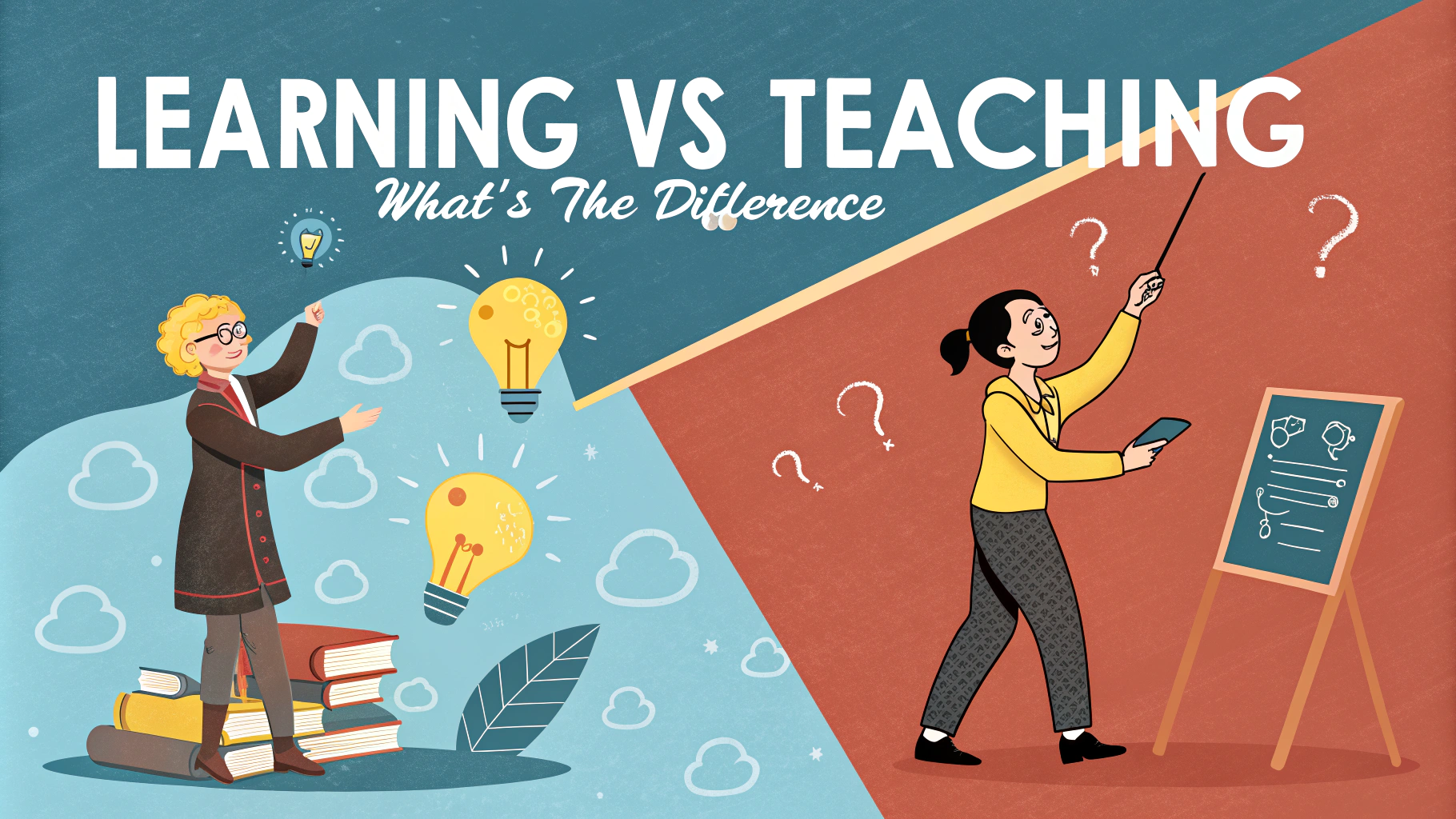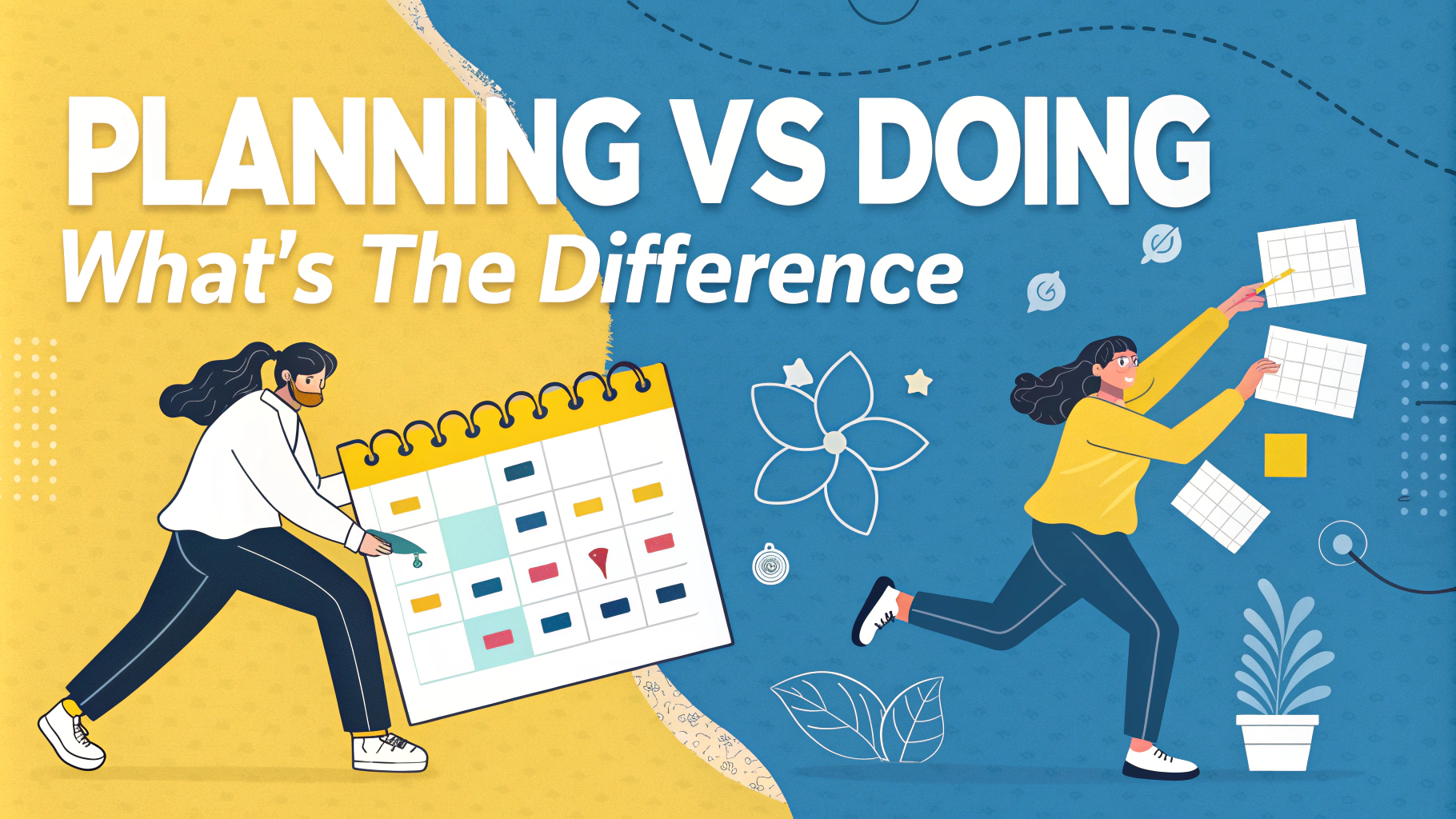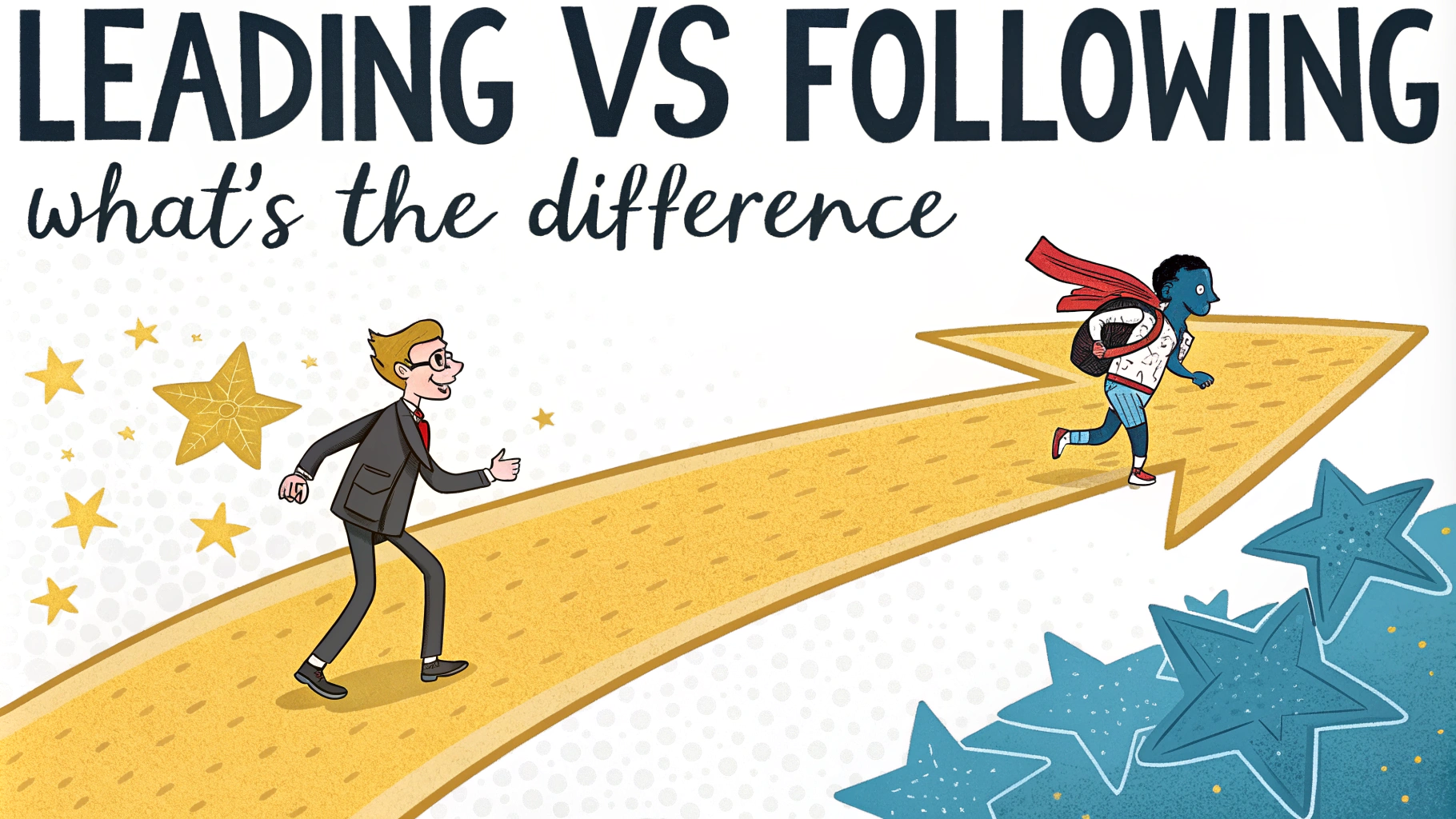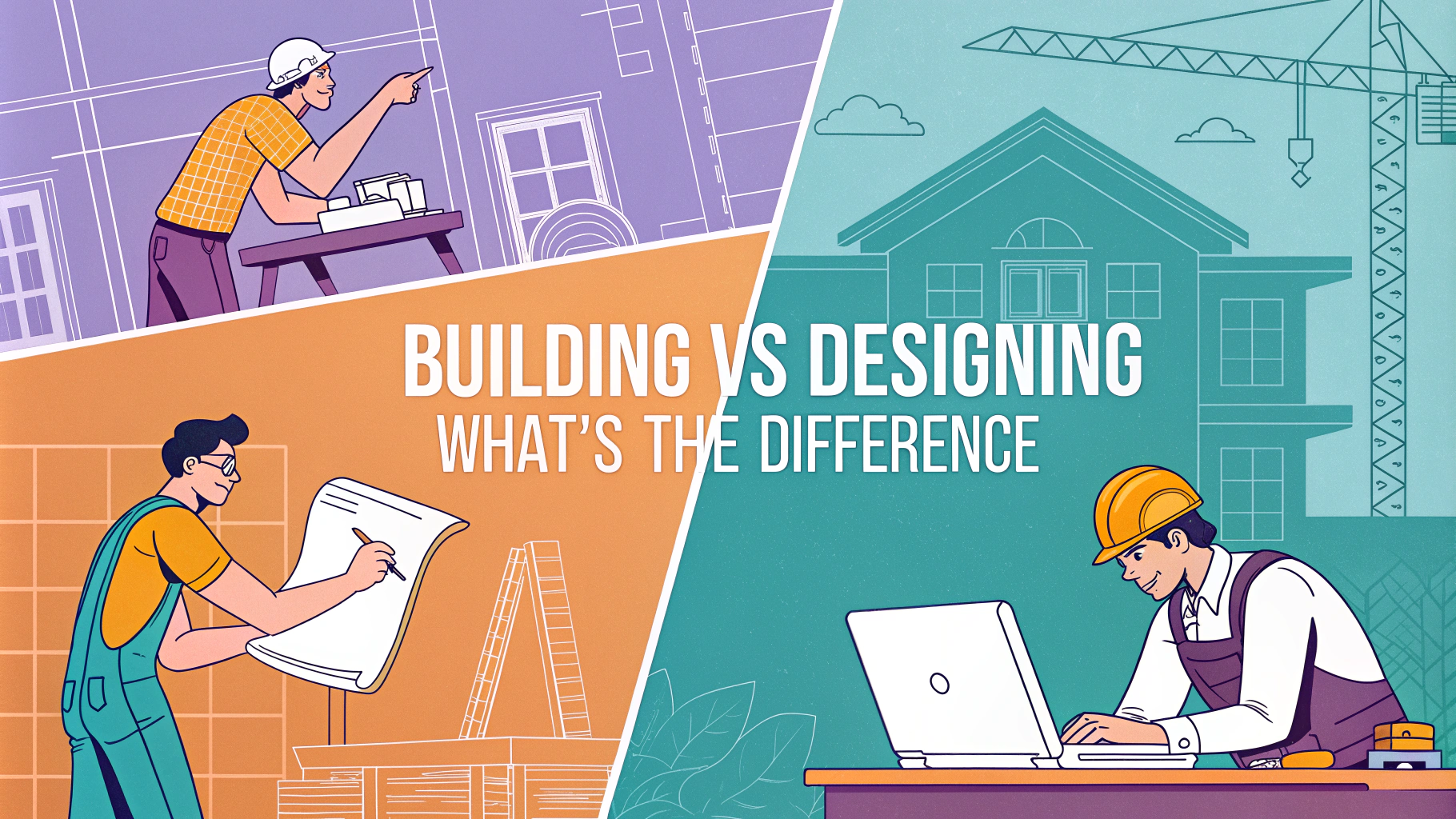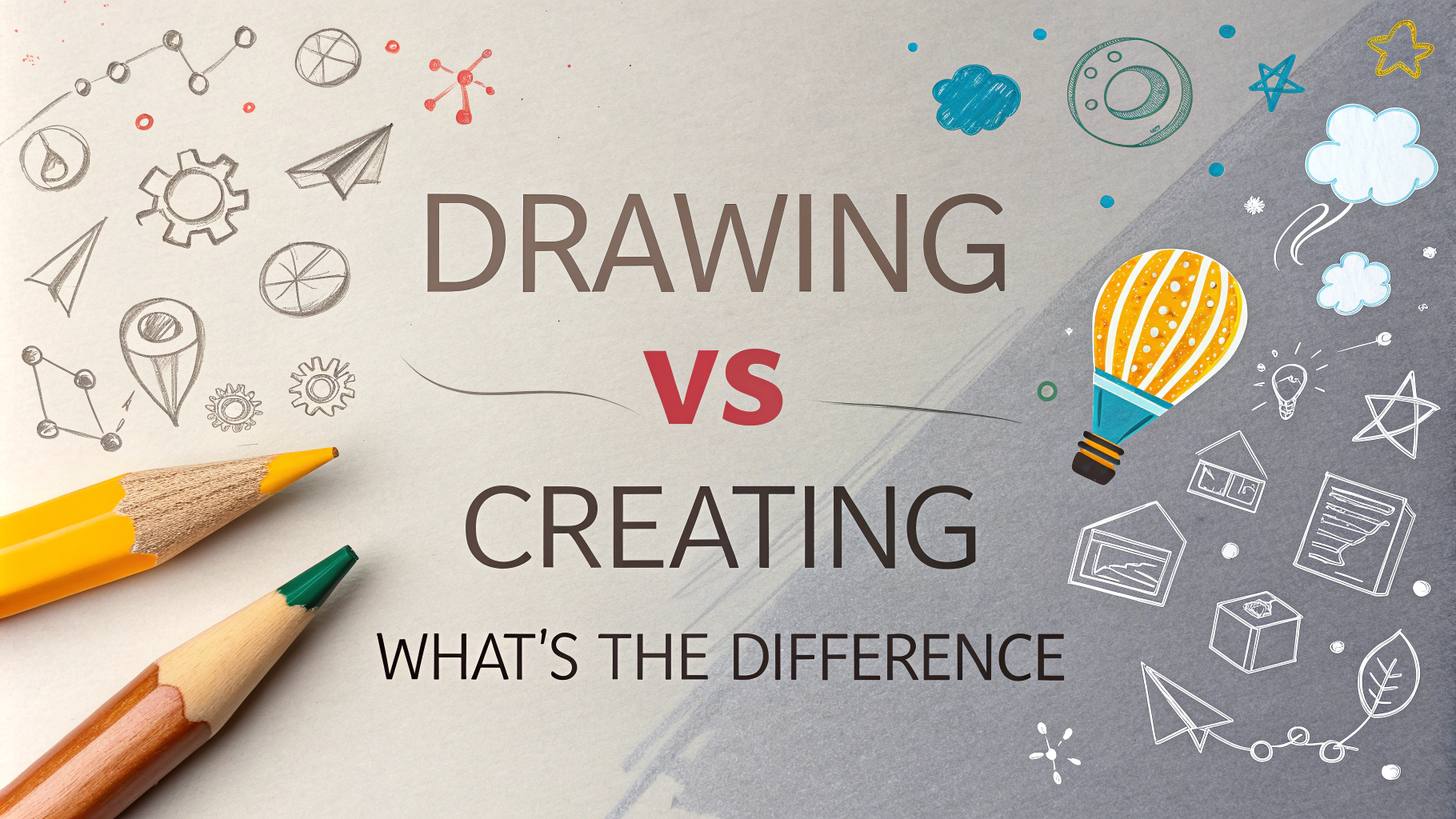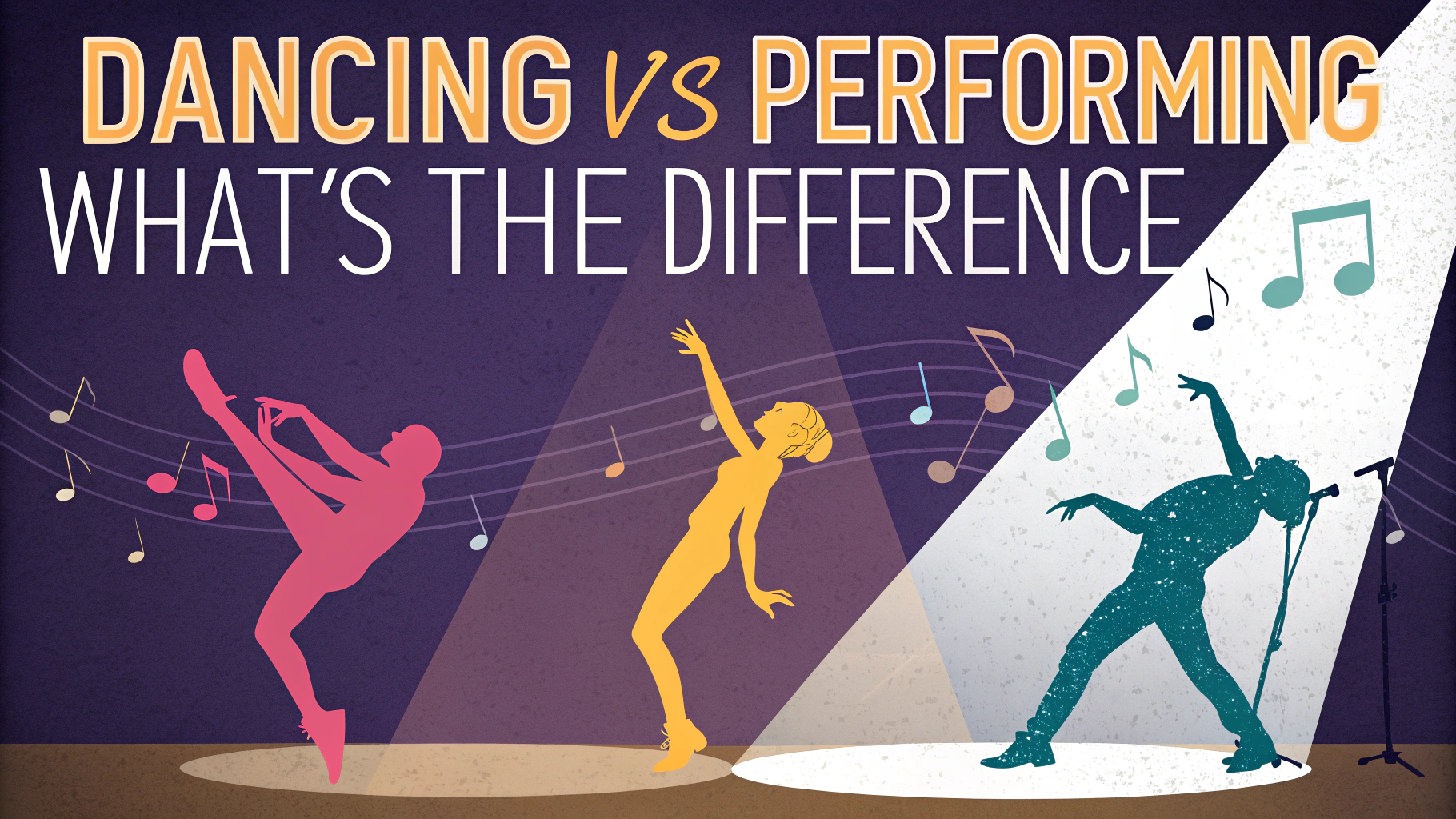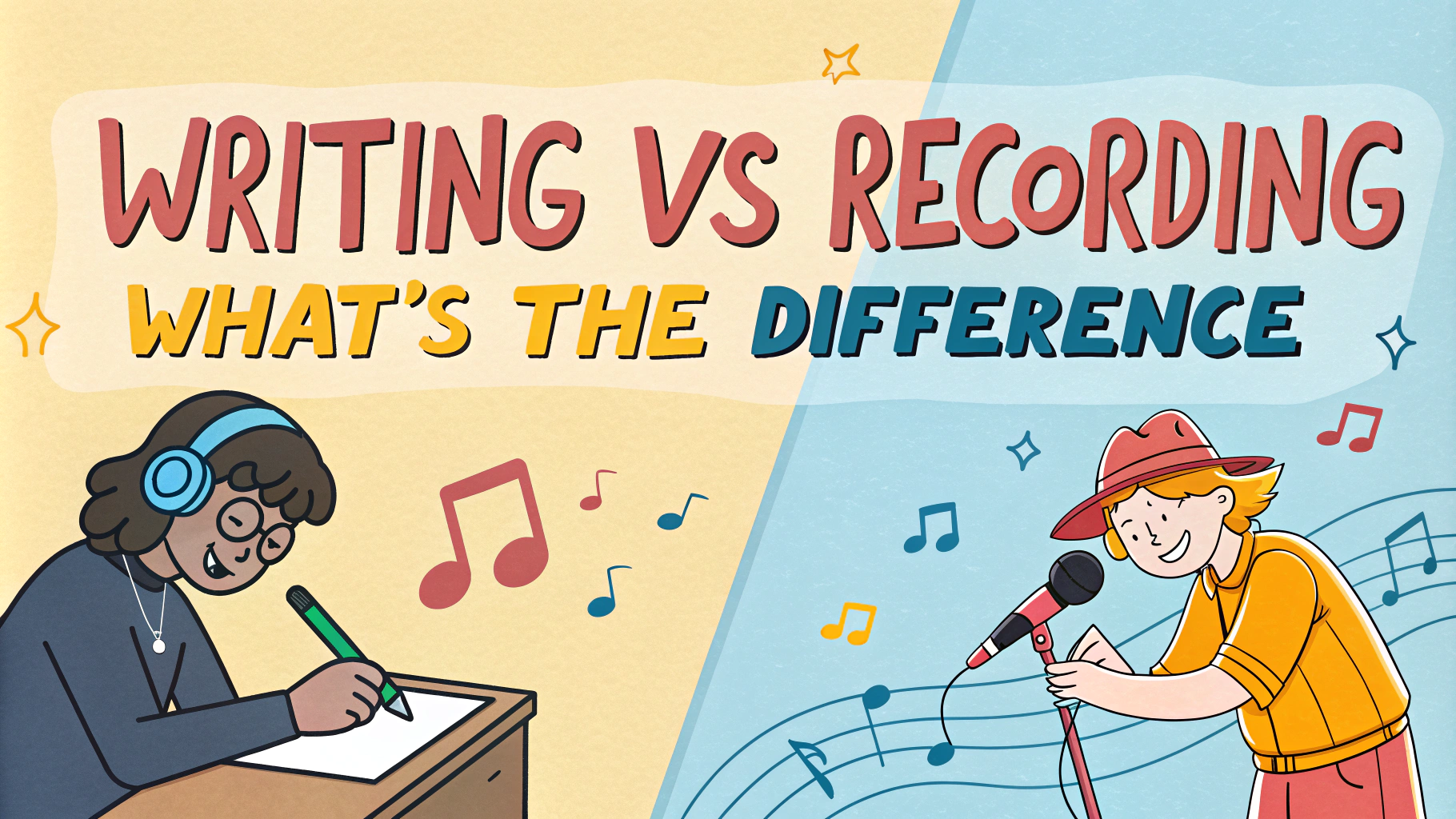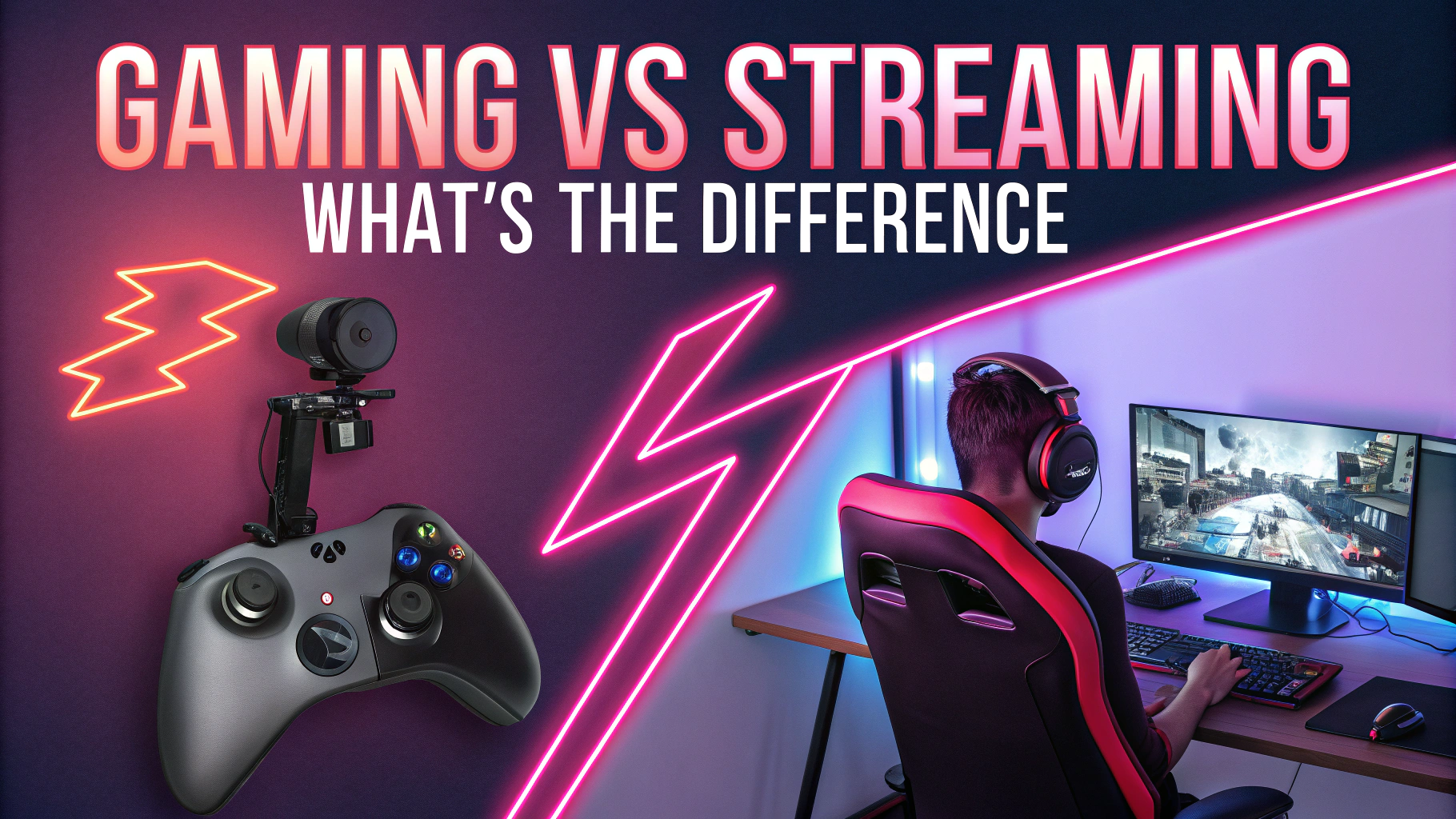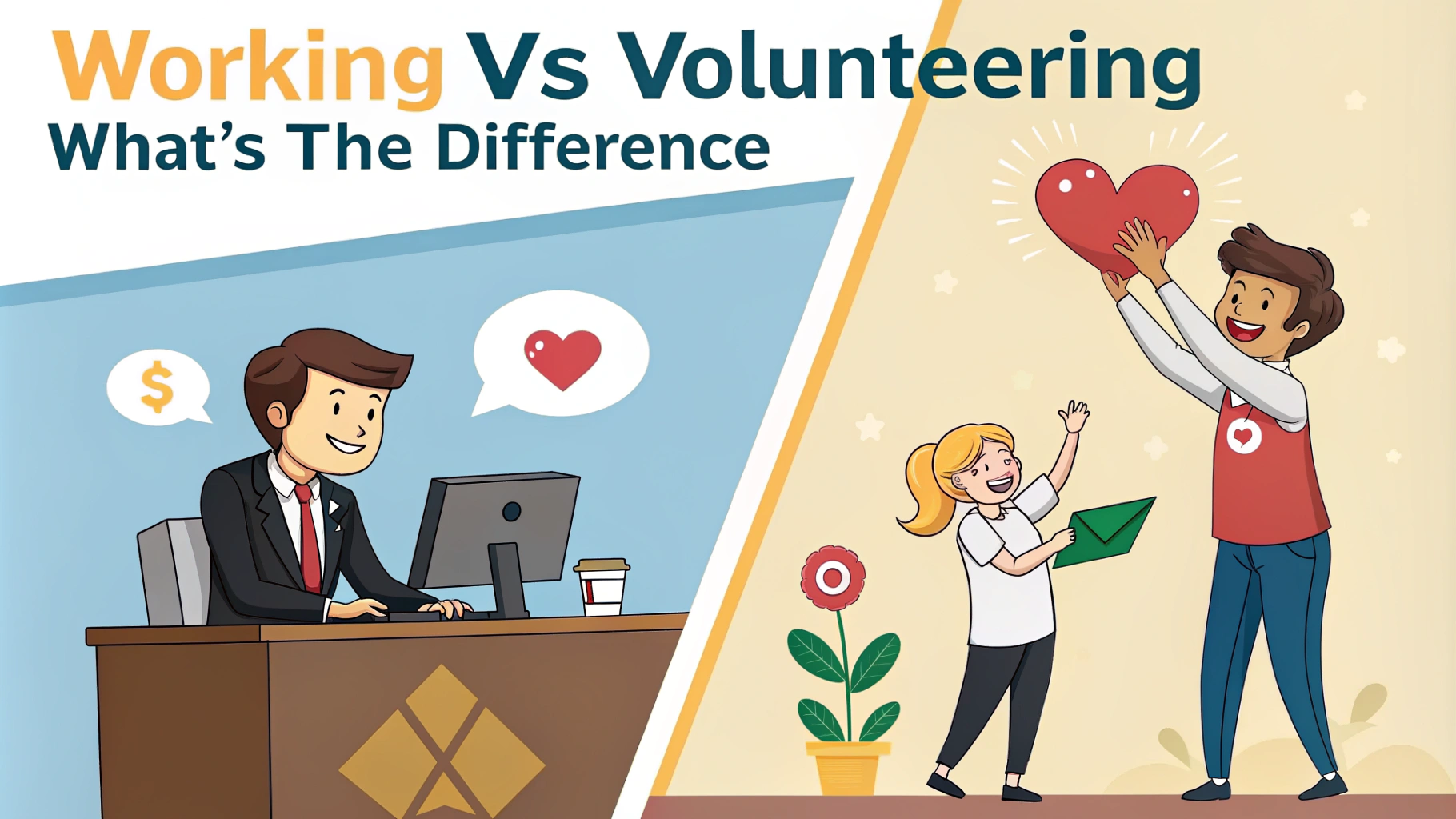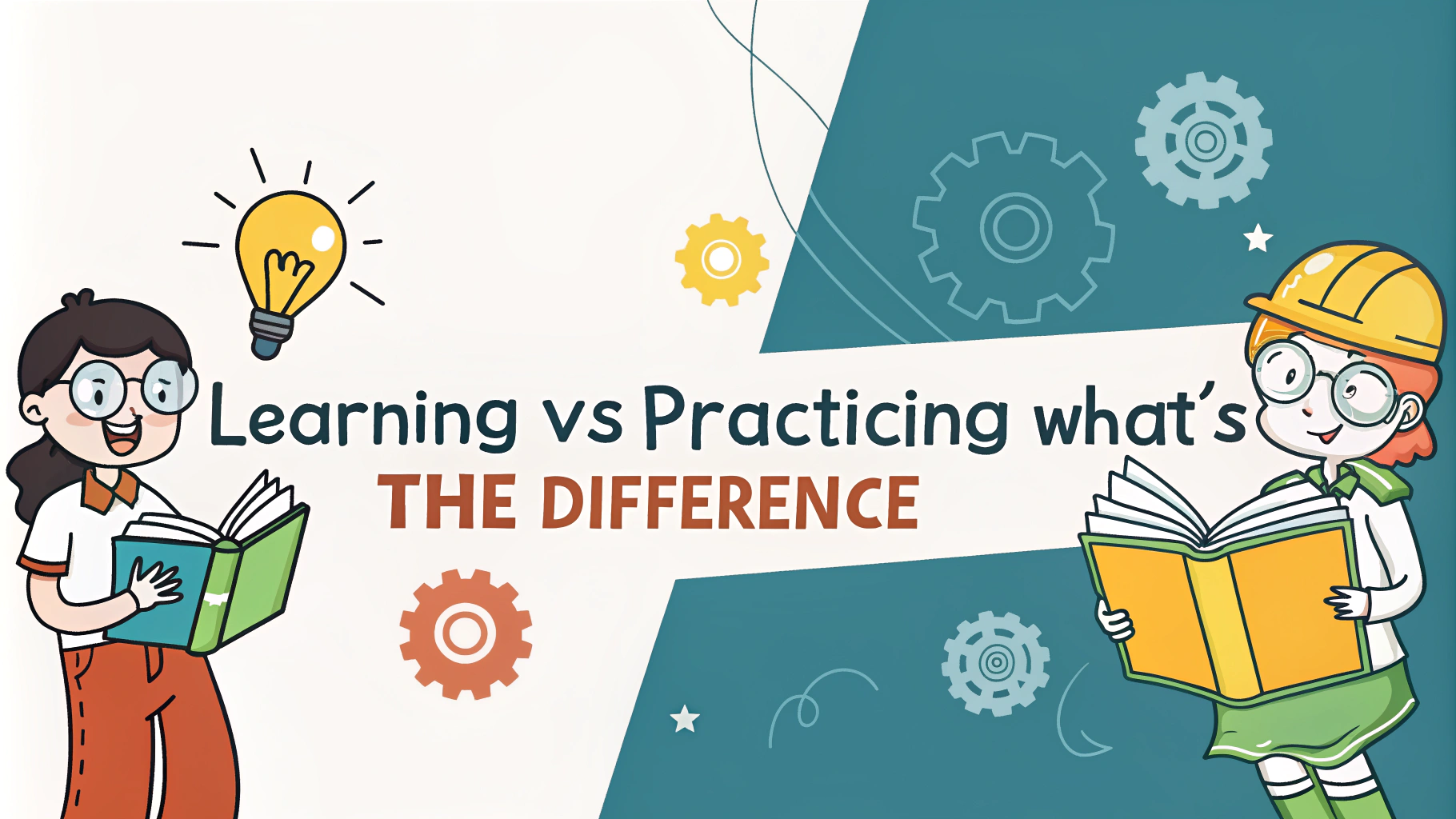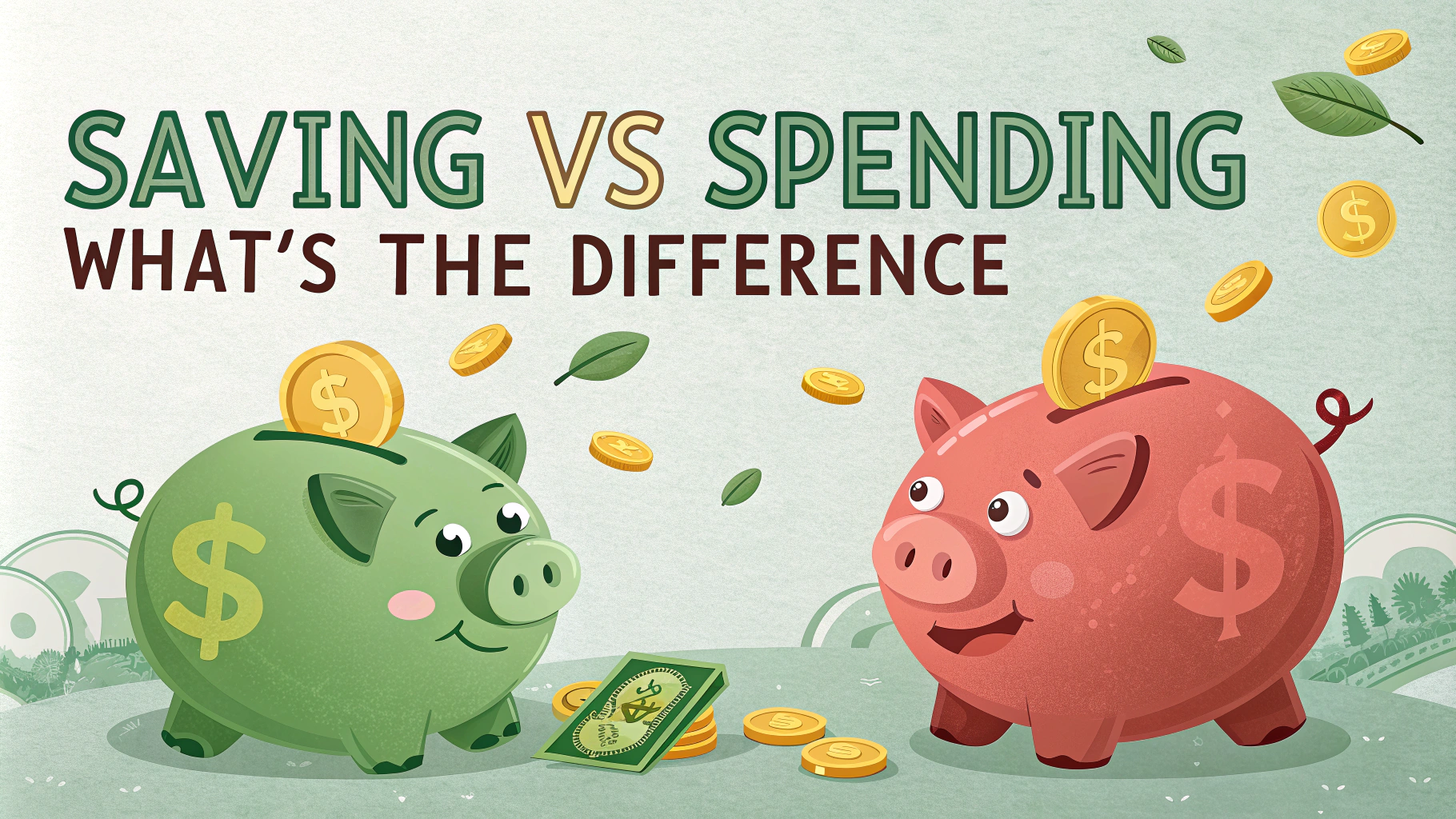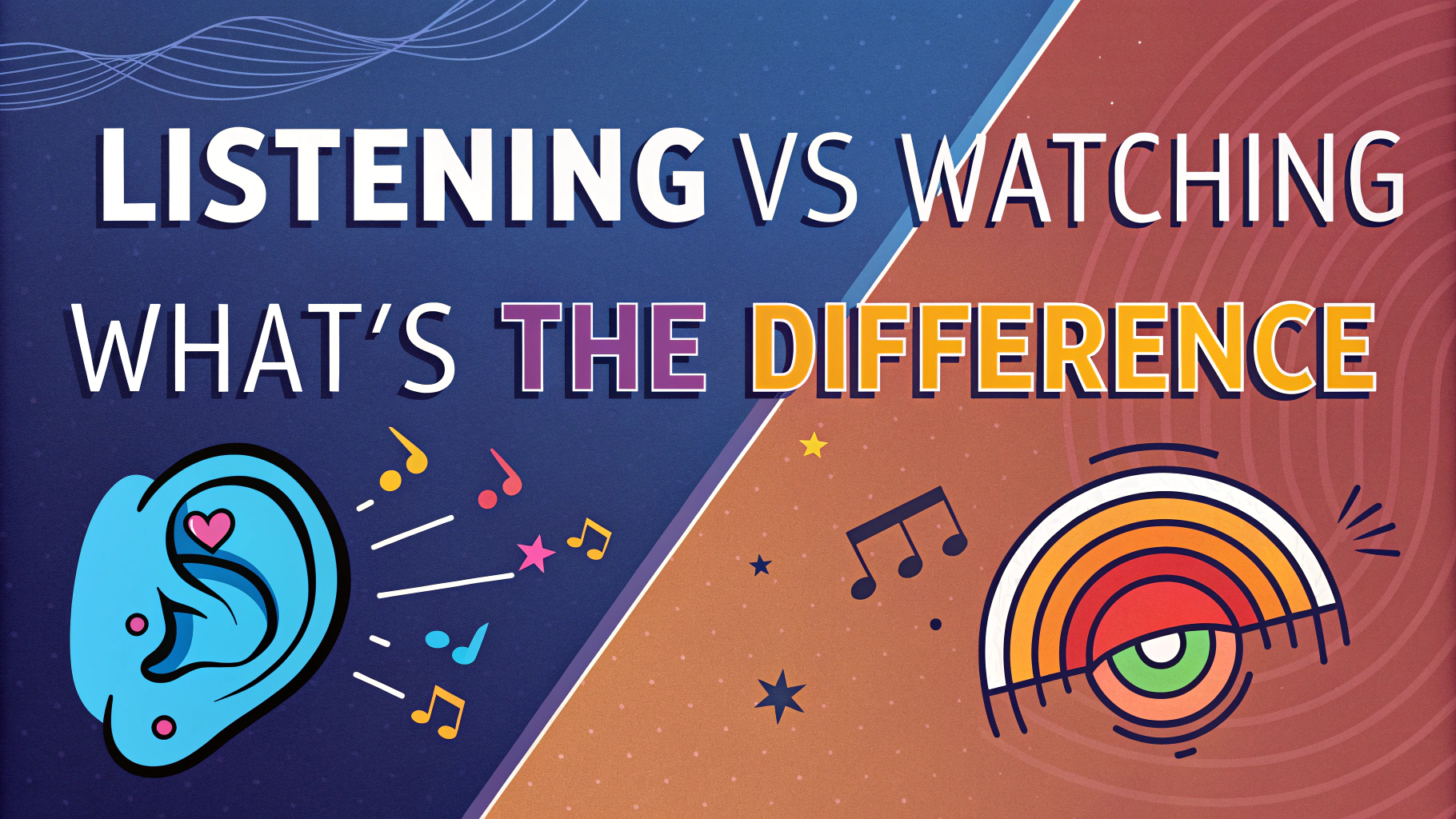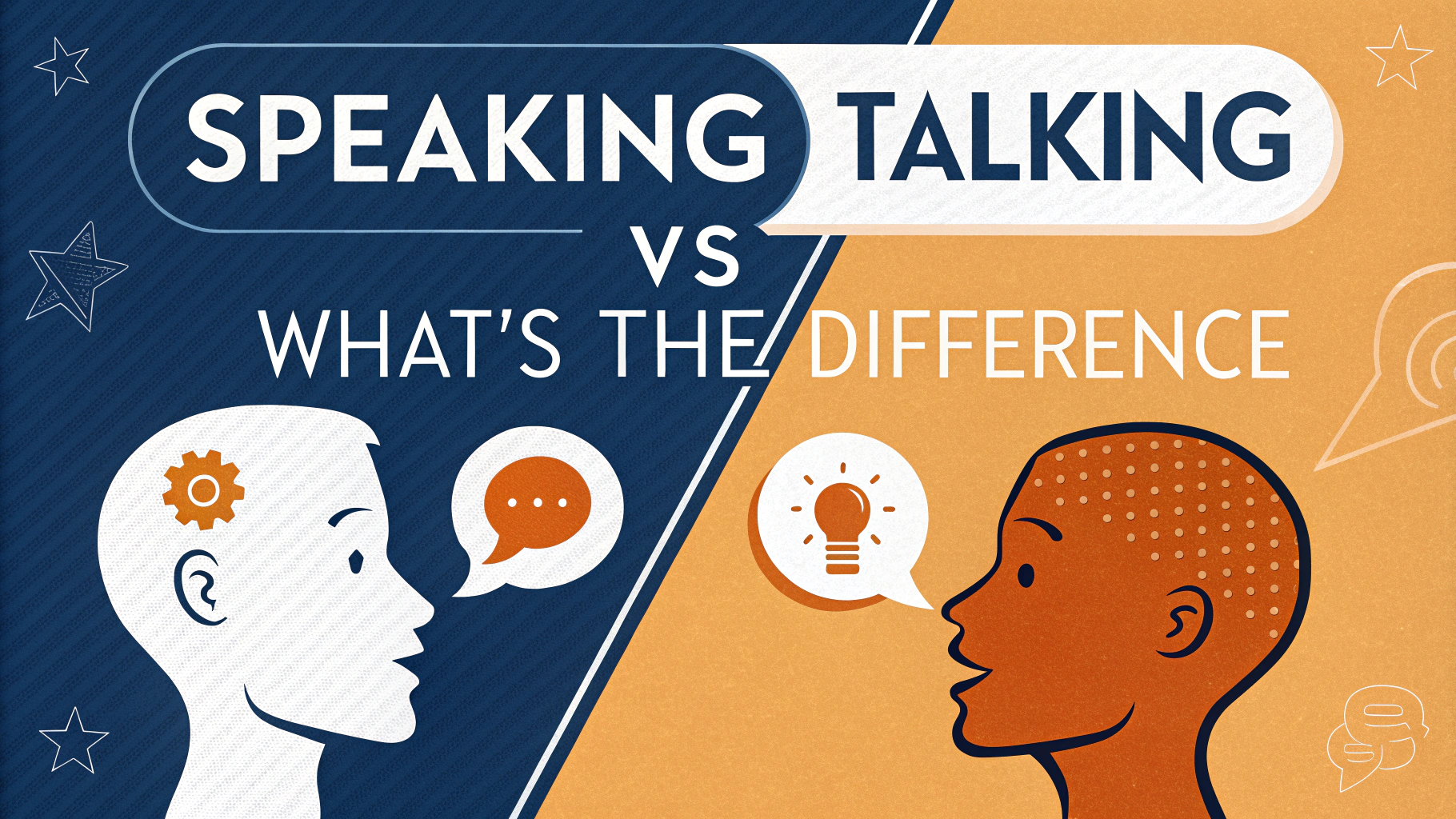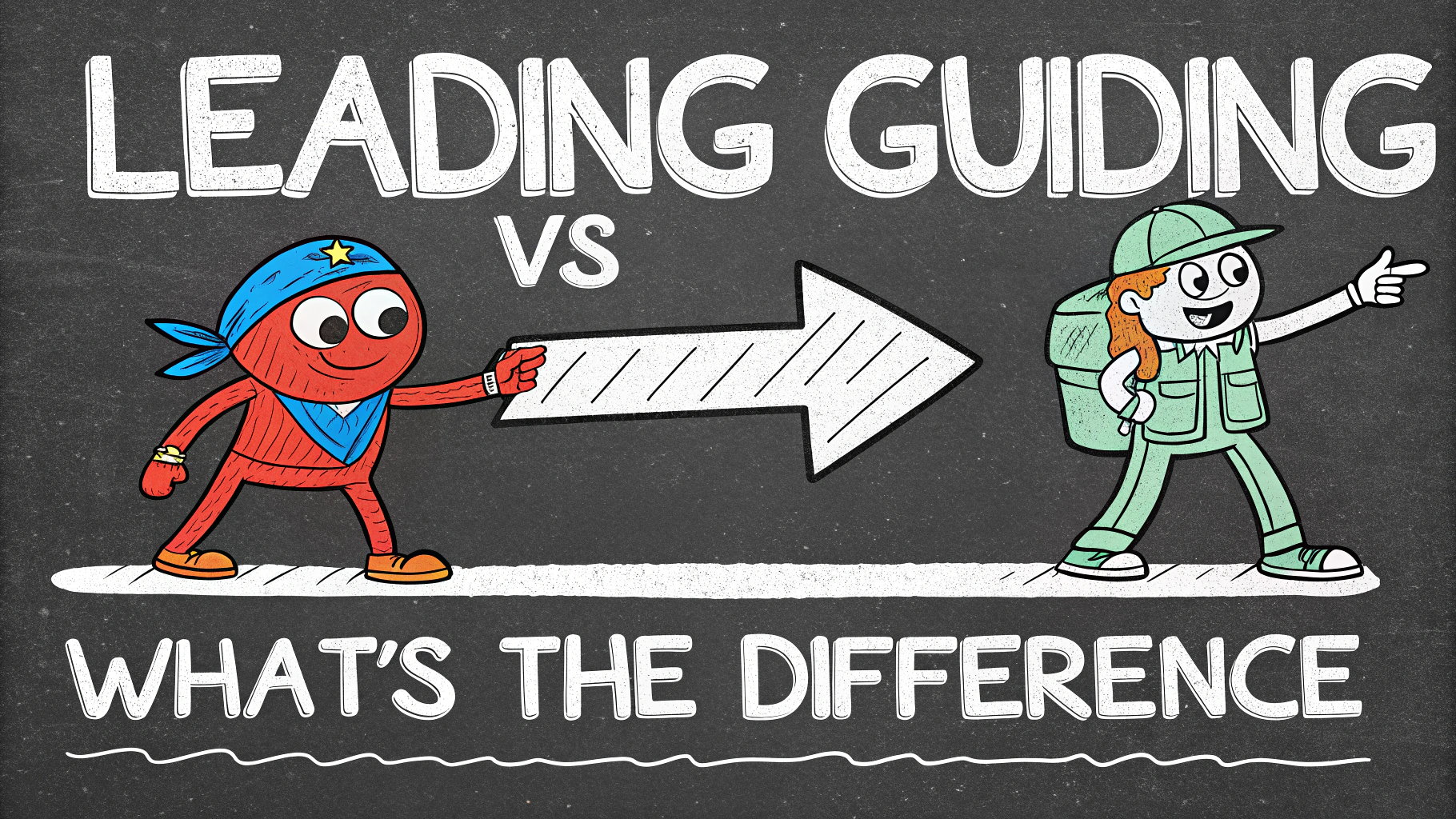Cartoons and anime have captivated audiences for generations, each offering unique storytelling styles and visual aesthetics. This article dives into the key differences between these two popular forms of animation, helping you appreciate their distinct characteristics.
We’ll explore the origins, artistic techniques, and cultural influences that shape cartoons and anime. By understanding these differences, you’ll gain a deeper appreciation for both mediums and discover new titles to enjoy.
Origins and Cultural Influences
Cartoons have deep roots in Western animation, evolving from early comic strips and newspaper illustrations. They often reflect American and European cultural values and humor.
Anime, on the other hand, originated in Japan and draws heavily from Japanese culture, traditions, and artistic styles. This cultural foundation gives anime its distinct look and storytelling approach.
Key differences:
- Cartoons: Western-influenced, often comedic
- Anime: Japanese-influenced, diverse genres
Art Styles and Visual Techniques
The artistic approaches in cartoons and anime differ significantly. Cartoons often feature exaggerated, simplified characters with bold outlines and vibrant colors.
Anime characters typically have more realistic proportions, detailed eyes, and a wider range of facial expressions. Backgrounds in anime are often more intricate and painterly.
Visual characteristics:
- Cartoons: Bold outlines, exaggerated features
- Anime: Detailed eyes, varied hair colors, complex backgrounds
Storytelling and Narrative Structures
Cartoons often focus on episodic storytelling, with each episode containing a self-contained plot. This format allows for easy viewing and appeals to younger audiences.
Anime frequently employs long-form narratives, with complex storylines spanning multiple episodes or even seasons. This approach allows for deeper character development and intricate world-building.
Narrative styles:
- Cartoons: Episodic, self-contained stories
- Anime: Long-form narratives, character arcs
Target Audiences and Age Demographics
While both cartoons and anime cater to various age groups, their primary target audiences often differ. Many Western cartoons are designed for children and families, with some shows appealing to adult viewers through clever humor.
Anime covers a broader range of demographics, with specific genres targeting different age groups. From children’s shows to mature, adult-oriented content, anime offers something for every viewer.
Audience breakdown:
- Cartoons: Primarily children and families, some adult-oriented shows
- Anime: Wide range of demographics, genre-specific targeting
Choosing the Right Animation Style for Your Project
Understanding the differences between cartoons and anime can help you select the best animation style for your project. Consider these factors:
- Target audience: Age group and cultural background
- Story complexity: Episodic vs. long-form narratives
- Visual preferences: Exaggerated vs. realistic character designs
- Budget and production time: Simpler cartoons vs. detailed anime
Match your project’s goals with the strengths of each animation style to create engaging content that resonates with your audience.
Creating Crossover Appeal
Many successful animated series blend elements from both cartoons and anime. This approach can broaden your audience and create a unique visual identity. Try these techniques:
- Combine Western storytelling with anime-inspired visuals
- Incorporate anime-style character expressions in cartoon settings
- Use cartoon-like humor in anime-inspired worlds
Examples of successful crossovers include “Avatar: The Last Airbender” and “The Boondocks,” which mix Western and Eastern animation styles.
Adapting to Changing Viewer Preferences
As audiences become more globally connected, their tastes in animation evolve. Stay ahead of the curve by:
- Monitoring trending shows and art styles
- Engaging with fan communities to understand their preferences
- Experimenting with new animation techniques and storytelling methods
Platforms like Netflix and Crunchyroll offer valuable insights into viewer habits and popular content across different animation styles.
Conclusion
Cartoons and anime offer unique storytelling possibilities and visual aesthetics. By understanding their differences and strengths, you can:
- Choose the right animation style for your project
- Create crossover appeal by blending elements from both styles
- Adapt to changing viewer preferences in the global animation market
Whether you prefer the bold simplicity of cartoons or the intricate storytelling of anime, both forms of animation continue to captivate audiences worldwide. Explore diverse titles from each category to broaden your appreciation and find inspiration for your own creative projects.
FAQs about Cartoon vs. Anime
1. What’s the main difference between cartoons and anime?
The primary difference lies in their origin and art style. Cartoons typically originate from Western countries, while anime is specifically Japanese animation. Anime often features more detailed artwork, complex storylines, and a wider range of genres for various age groups.
2. Are anime characters always drawn with big eyes?
While large eyes are a common characteristic in many anime styles, it’s not a universal rule. Some anime feature characters with more realistic eye proportions, especially in seinen (adult-oriented) anime.
3. How does the animation process differ between cartoons and anime?
Anime typically uses a technique called limited animation, which involves fewer frames per second compared to Western cartoons. This results in a distinct visual style and allows for more efficient production.
4. What are some popular genres in anime that aren’t common in Western cartoons?
- Mecha (giant robots)
- Slice of life
- Isekai (transported to another world)
- Magical girl
5. Do cartoons and anime have different target audiences?
While both can cater to various age groups, anime often has more diverse demographics. Anime includes genres specifically targeting adults, such as seinen and josei, whereas Western cartoons are more commonly associated with children’s entertainment.
6. How do cultural influences affect the content of cartoons vs. anime?
Anime often reflects Japanese cultural elements, including social norms, traditions, and mythology. Western cartoons typically incorporate Western cultural references and values.
7. What are some key differences in storytelling between cartoons and anime?
| Aspect | Cartoons | Anime |
|---|---|---|
| Episode structure | Often episodic | More likely to have ongoing storylines |
| Character development | Less emphasis | Often more in-depth |
| Themes | Generally lighter | Can explore complex or mature themes |
8. Are there any similarities between Western cartoons and anime?
Yes, both mediums share some commonalities, such as the use of exaggerated expressions, the potential for fantastical storylines, and the ability to create worlds and characters unrestricted by live-action limitations.
9. How has the popularity of anime influenced Western animation?
Anime’s global popularity has led to cross-cultural influences in Western animation, including:
- Adoption of anime-inspired art styles
- More complex storytelling in Western animated series
- Increased production of action-oriented animated shows
10. What is “anime-inspired animation” in Western cartoons?
“Anime-inspired animation” refers to Western cartoons that incorporate elements of anime art styles or storytelling techniques. Examples include “Avatar: The Last Airbender” and “The Boondocks.”
11. How do voice acting practices differ between cartoons and anime?
In Japan, voice actors (seiyuu) often achieve celebrity status and may voice multiple characters. Western voice actors typically specialize in voice work but may not have the same level of recognition.
12. Are there differences in how music is used in cartoons vs. anime?
Anime often features distinctive opening and ending themes that change with story arcs. Western cartoons typically have a consistent theme song throughout the series.
13. How do production schedules compare between cartoons and anime?
Anime series often follow a more rigorous broadcast schedule, with weekly episodes airing for several months. Western cartoons may have more irregular release patterns or release entire seasons at once.

